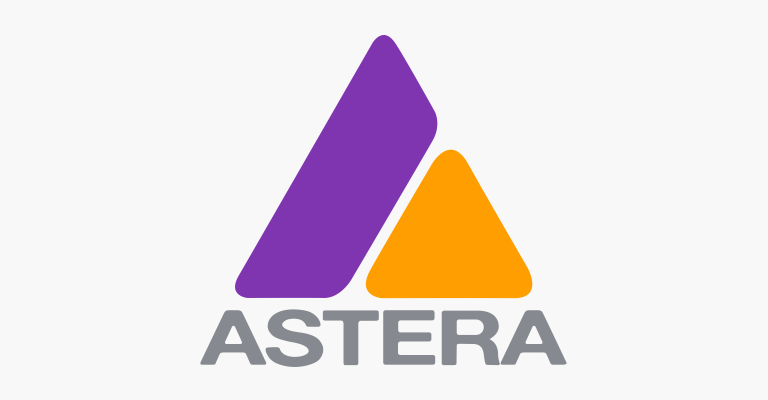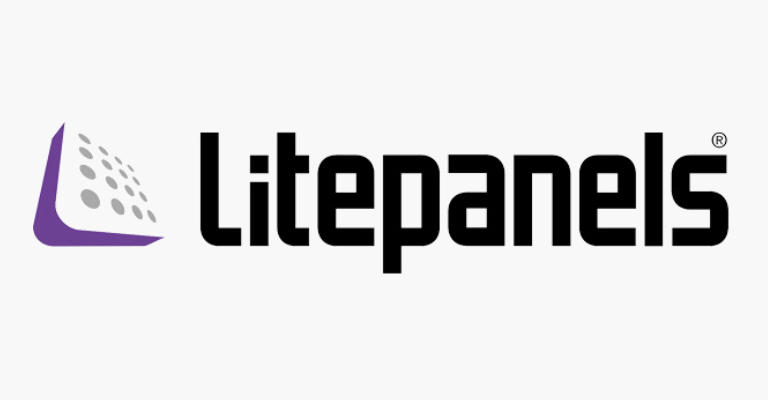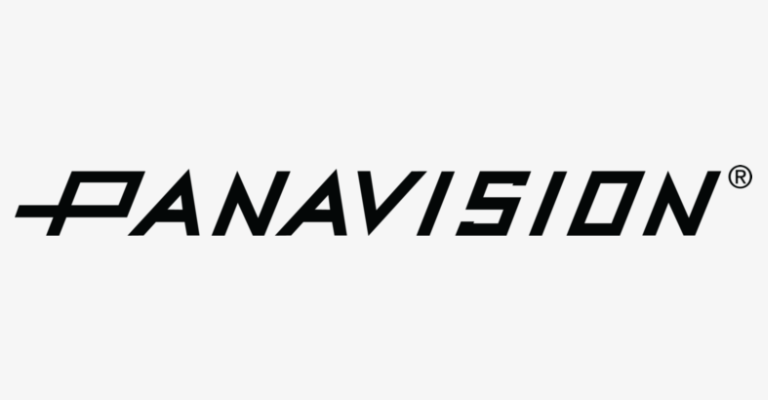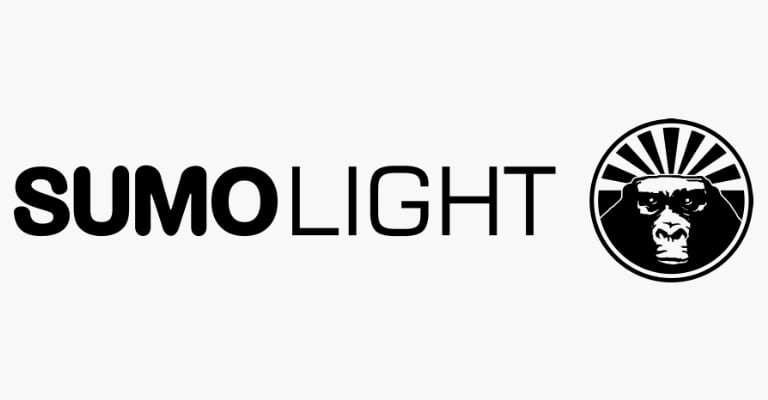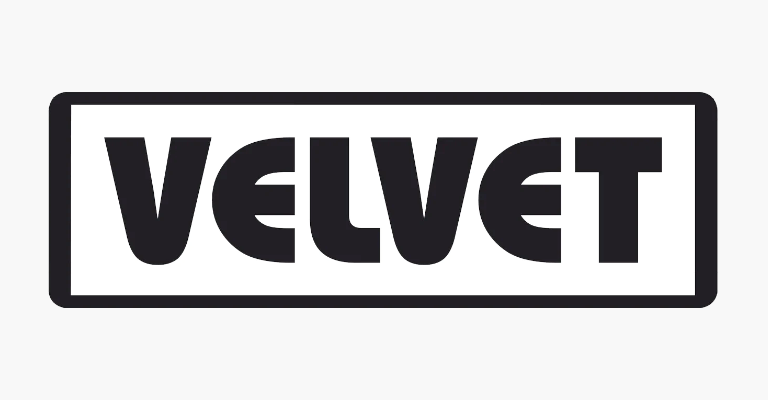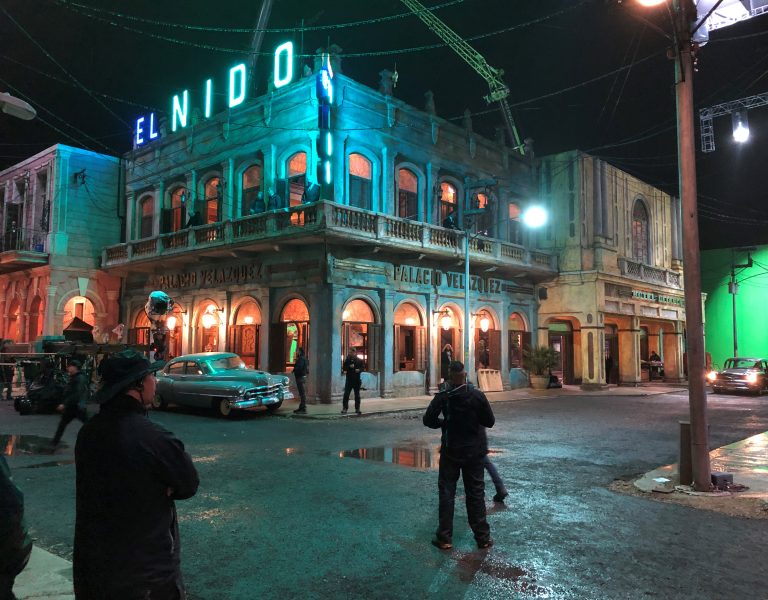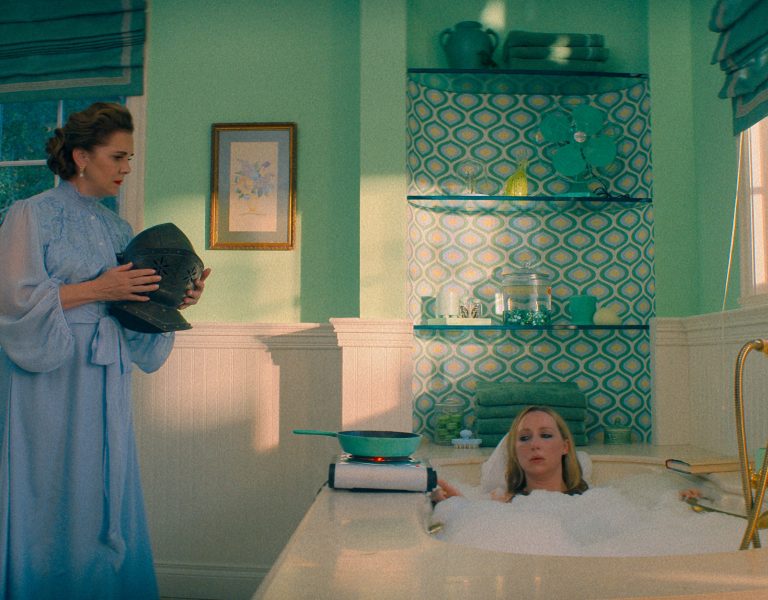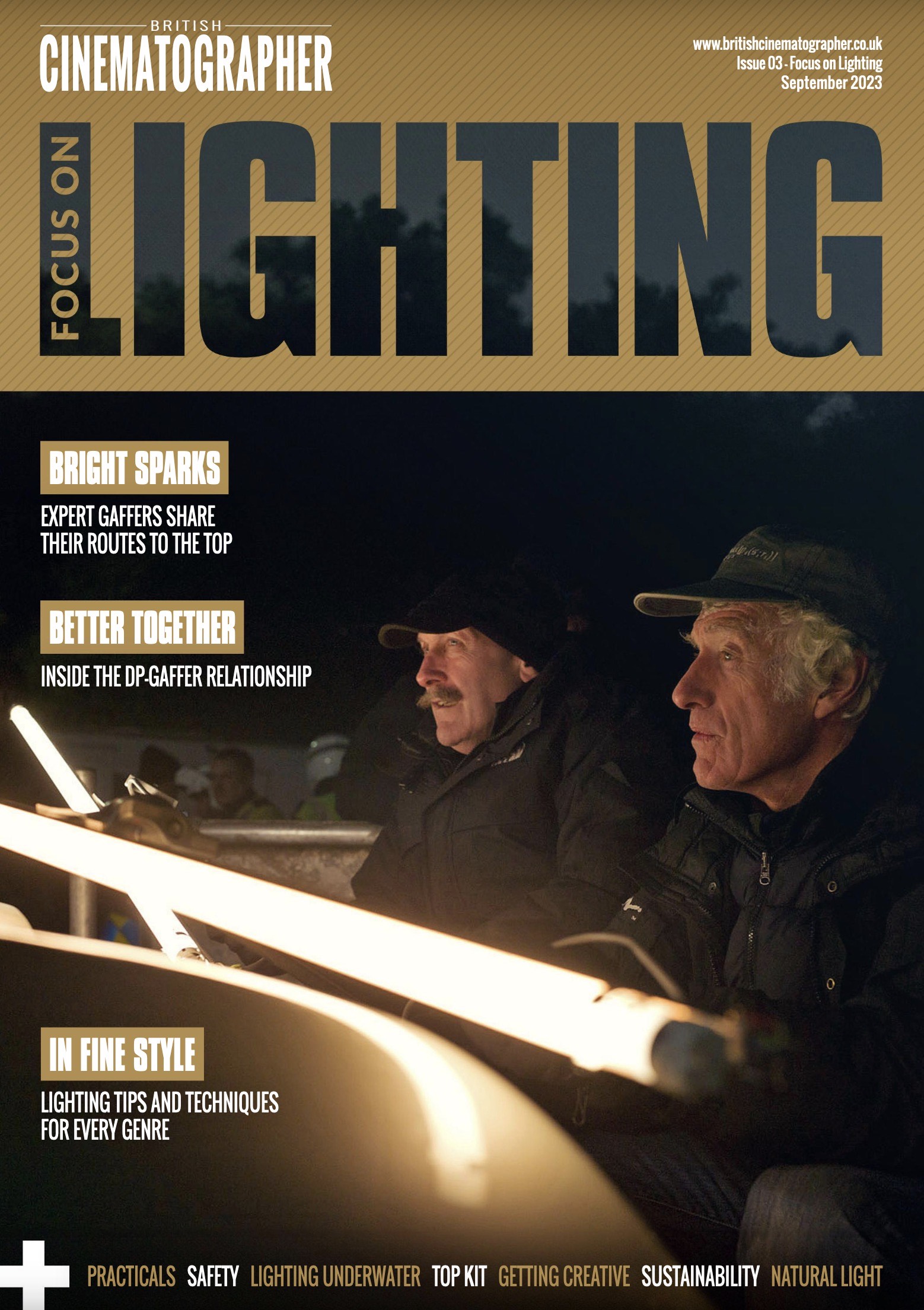Litepanels’ Gemini Hard panels push up the power to help gaffers make the day.
It’s easy to think of big changes in lighting technology as a recent phenomenon, but gaffer Michael McDermott has spent 45 years working on productions including Quantum of Solace and Game of Thrones, and his experience tells a different story. “Up until about 1980, we didn’t really use HMIs. Then we started using them, maybe with dichroic filters… in the mid-eighties there were six, 12 and then we got the 18ks. In the ‘90s and 2000s they were introducing SoftSuns, Molebeams, all that sort of stuff. And now it’s gone on to LED units.”
McDermott pinpoints the most recent zeitgeist to “a job with Colin Watkinson ASC BSC four or five years ago. Up until then, I’d always want a half Wendy in the back in case we needed it. He allowed me to carry it, but we never used it. It was the first time I realised that tungsten and HMI weren’t the way forward.” LED lights, it seems, had become powerful enough to build into Wendy-style arrays – though it’s their flexibility, as much as their sheer power, which McDermott finds indispensable. “Any job now, you can’t work without RGB and wireless. You just can’t do it. It’s all about making the day.”
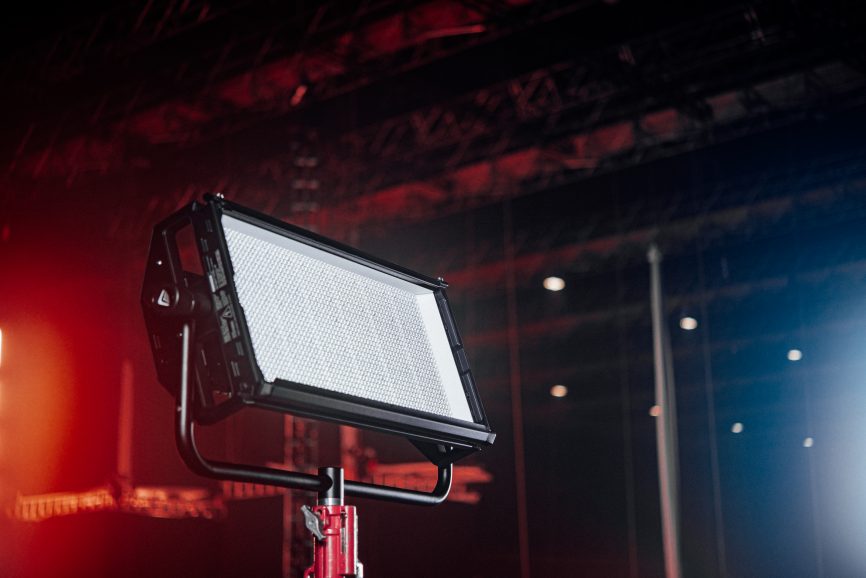
Sometimes, the tools used to do that are familiar, although the sheer scale of an average McDermott job might not be so everyday. One recent setup involved 40 Litepanels Geminis on a single set. “They’re only a foot square, but they have every conceivable accessory,” he continues. “We’ve got a honeycomb that goes in front of it, a lovely light control device. There’s a little bubble diffuser, or a softbox with inner and outer baffles. We have pole-operated ones, so on set we don’t have to barge through with ladders. You might be running DMX or going wireless, but there’s no gel changes, there’s no scrims going in. It’s instant – dim it down, make it greener, take the green out, make it 3200k, 5600k, knock it back 10 percent… Panalux have a load of these and they’re fantastic.”
Michael Herbert is head of product management for lighting at Litepanels owner Videndum, and points out all that controllability arises from optical design as much as the electronics.
Even so, while productions lit almost entirely with LED are now everyday, nobody is in any doubt about what it’ll take to completely replace the traditional technologies which gaffers like McDermott know so well. LED Fresnels are perpetually at the front of a near-universal drive to keep pushing power levels upward and that’s something which demands increasingly lateral thinking. Litepanels’ newest fixture is the Gemini 2×1 Hard, which is claimed to be the brightest and lightest panel in its class. “A Gemini 2×1 is quite a wide fixture,” Herbert points out. “Each LED goes onto a heat sink at the back. You can put a fan on the back to blow it over and keep the whole thing cool. It’s powerful, but dissipating the heat is not too complex, so you can make it very, very bright.”
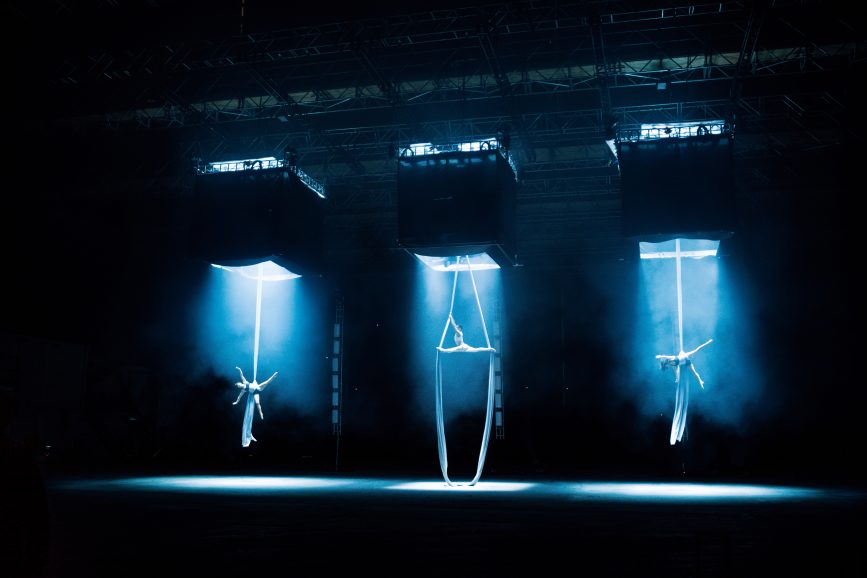
“With a Fresnel,” Herbert confirms, “once you start getting up to the high-power stuff, you have a big [LED array], all the LEDs are in one central point and you’re going to want to pull all that heat away into the back of the fixture. It’s much harder to dissipate over that small area and the housings start getting bigger. People need to figure out the thermal and electrical difficulties of really high-power LEDs – but the market’s going to keep demanding it.”
As that market matures, it becomes clearer that effectively generating photons is only part of the job. Herbert points out that efficiency arises not only from the LEDs themselves, but also the optical components around them. “What the Geminis do really well is to break out the LEDs individually into, red, green, blue, tungsten and daylight. Each of them has a tiny lens on the front of it, and because they’re broken out individually you can get that lens to sit directly over the LED. If you think an LED natively produces close to 180-degree beam angle, you can capture every bit of light and push it forward. Optimising the lensing technology is what enabled us to create the brightest 2×1 panel with a relatively low power draw that helps to reduce stress on the LEDs.”
Controllable, flexible lights with Fresnel lenses create “very different technical considerations,” as Herbert puts it. “It’s around the character of the light for the Fresnels in particular. Because they have that glass lens, and because of the LED arrays they use, the overriding comment we get about Litepanels Studio X Fresnels range is how impressed people are with how the light can be cut properly, in the same way a tungsten light used to cut. You get that very defined black shadow which can be very precise.”
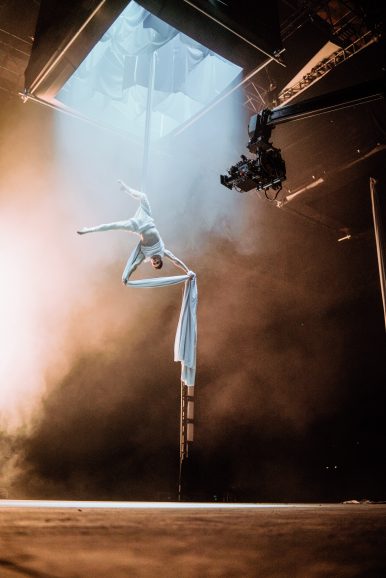
Simultaneous demands for high power alongside colour quality that matches legacy technologies can, as Herbert says, create dilemmas. “There is this sort of inversely proportional trade-off between colour quality and output. The market keeps pushing us: they want more output, but they want more colour quality, too. If you look at human skin, you have all these blood vessels just below the surface of the skin. Traditional tungsten light handles red well and we’ve worked very hard to replicate that colour space with Litepanels LEDs. That’s why people don’t look washed out of green or ghoulish like they do under fixtures that don’t have that red wavelength quality.”
That compromise represents almost a microcosm of LED engineering. Herbert remembers “a conversation with Jamie Cairney BSC when he was doing seasons one and two of Sex Education, on Venice, with Gemini 2x1s all over it. I asked why. He’d done a camera test and the Geminis just looked better on
camera, particularly with the Venice. He started talking about the skin tones and we started getting into why it was. You can see when it’s not there, and it’s all these tiny things that contribute to the image which makes it so fascinating. I am never going to tell any cinematographer how to light a set. That’s not my job at all. But we are committed to getting as close as possible to replicating the qualities that you see with a tungsten lamp.”
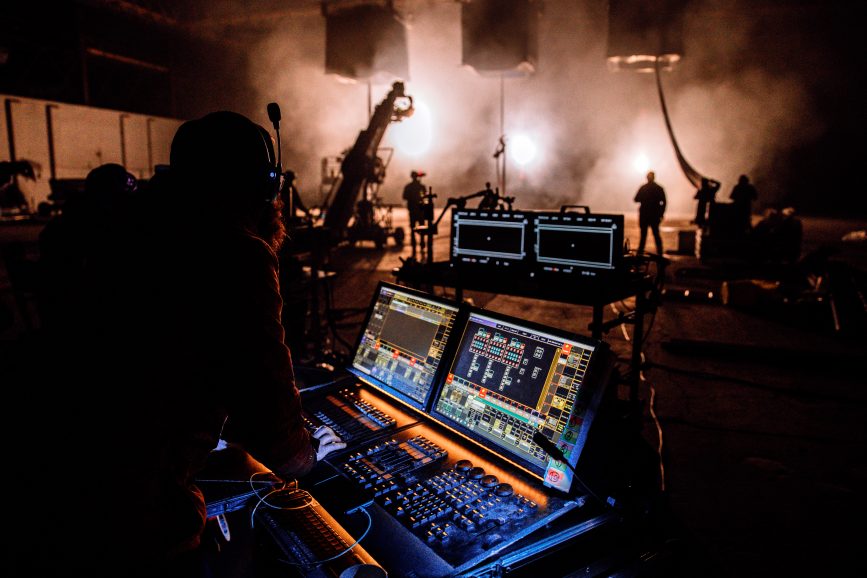
Litepanels Gemini Hards represent a versatile addition to a lighting package with all the benefits of LED in lightweight, high output panels that don’t compromise colour quality.
McDermott’s thoughts, meanwhile, return to the practicalities of being ready for anything at a moment’s notice. That’s something familiar to everyone from the student filmmaker to the seasoned pro creating setups backed by dozens of Geminis.
“You still have to have all the grip gear, the 12-by-12s, the bluescreens. We’ve still got a couple of 18ks on board, and you still have all your accessories. The softboxes, four-by-four frames in front of each lamp, egg crates on the lamps, on the frames. The cinematographer can ask for anything at any time.”
Lighting technique and technology, in the end, are increasingly expected to be equal of a production workload which imposes much the same expectations on both the large and small screens. “On feature films you have a bit of time. For TV, it’s not like it used to be,” McDermott concludes. “We’ve been out on location for a while and that cameraman has asked for all sorts of things. We haven’t let him down once. The dividend is making the day.”
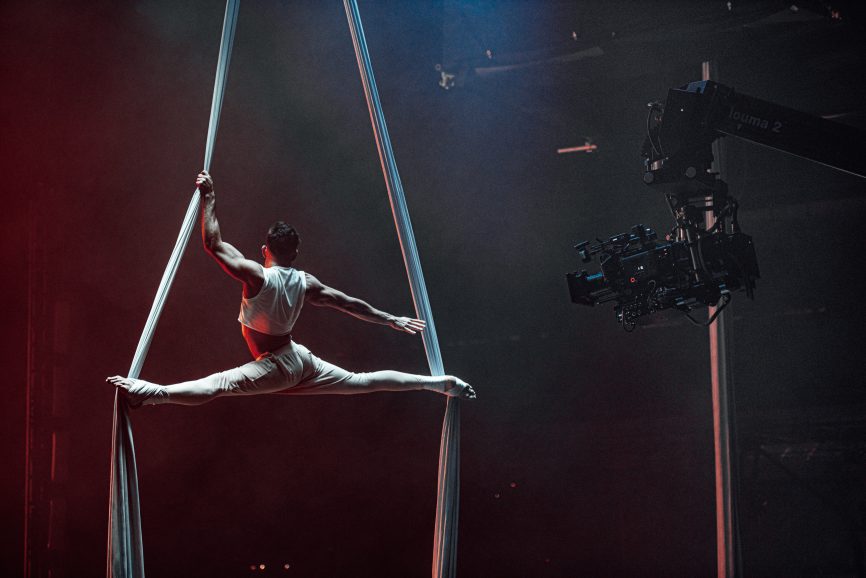
–
Words: Phil Rhodes
This article was paid for by Litepanels


